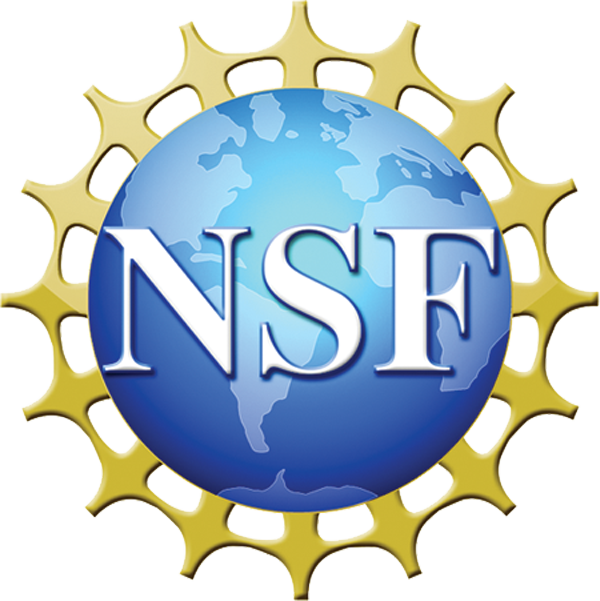 Contact
Us | Change
Text Size | Search
Site
Contact
Us | Change
Text Size | Search
Site Emergency Info Online, Fifth Edition
Next: Preparing for Pandemic Flu in School
Previous: School Violence
III. Stay Informed
DOOM SERVICE:
Emergency Preparedness in the Hospitality Industry
By John Cavanagh and Anne Malia
The massive power outage that occurred on August 14, 2003, left some 50 million Americans and Canadians without electricity for as long as 48 hours. It also left hotels in the Northeastern United States and Canada without electricity for an average of sixteen hours—a situation that could just as easily have been caused by an earthquake, an ice storm or even a terrorist attack. This event provided the opportunity to examine the hotel industry’s response to a crisis that would render their facilities powerless. A study of nearly 150 hoteliers was performed by surveying selected participants in the Smith Travel Research database. The study revealed that the hotels often did not have backup power to maintain critical systems after emergency power failed. Some hotels lost access to a consumable water supply, including running water for sanitary facilities.
Nearly 50% of the hotels did not have emergency power for the entire period of the outage. A relationship existed between the type of emergency power system used (battery as opposed to generator) and whether emergency systems were functional throughout the event. Fifteen percent of battery backup emergency systems lasted, while 85 percent of generator-driven systems stayed on.
Employee Safety
During the 2003 blackout, it was widely reported that hotel staffs went above and beyond the call of duty to care for their visitors’ needs and safety. In order for this kind of response to occur during an emergency, the employees of the property must first remain safe themselves. Hotel managers should review, and update when necessary, employee evacuation and notification plans. Management should also make sure that all hotel employees are aware of all emergency plans and policies. Employees who are remaining at a property during an emergency should be supplied with drinkable water, non-perishable food items, first aid kits, communication devices and flashlights. Management should institute procedures to account for employees and to disseminate information to them.
The Terrorist Threat
According to a 2004 survey of hotels, convention centers, airlines and cruise lines, 55% of hotel general managers and security managers said their emergency plans could not handle a terrorist attack. Seven out of ten said their employees were not adequately trained to respond to such an emergency. The Hospitality Sales & Marketing Association International, (HSMAI) an organization of sales and marketing professionals representing all segments of the hospitality industry, has been emphasizing the need for education regarding emergency preparedness, particularly in protecting hotels and guests from terrorism. According to HSMAI, such a severe threat requires serious attention, especially in matters of security. Traditionally, “hotel detectives” operated undercover. In the post-9/11 environment, security should be high profile, as both a deterrent to terrorists and as a reassuring presence for guests. Also, other hotel employees should be trained to be alert to unusual or suspicious activities, and to take appropriate action if required. Finally, it is extremely important that thorough background checks are run on all employees and applicants—especially those with access to rooms and food. Make certain that you are secure in your use of suppliers and services, as well.
Emergency Preparedness Essentials
Cornell University’s School of Hotel Administration runs the Center for Hospitality Research (CHR). This establishment is dedicated to conducting studies and providing forums to improve the connections between academia and industry. The CHR has developed “Emergency Preparedness Essentials,” a management tool that provides hospitality executives and managers with a resource to prepare for the loss of electrical power in an emergency or natural disaster. A key feature of the tool is an emergency preparedness checklist that includes these elements: performing crisis simulations and planning appropriate responses; knowing where your hotel is vulnerable if power goes down; and knowing which systems are on emergency or standby power and which are not. The tool is available from the Cornell Center for Hospitality Research via the CHR website. You must register to access the feature, but the service is free. Visit http://www.hotelschool.cornell.edu/research/chr/pubs/tools/tooldetails-13629.html
Resources for Businesses:
The AH&LA Preparedness Resource Page
http://www.ahla.com/prepare.asp
The American Hotel and Lodging Association posts a comprehensive webpage that features informative links designed to help the hotel industry prepare for emergencies, including hurricanes, floods, pandemics, terrorism, fires, biochemical disasters, and earthquakes. There are also links to pertinent organizations, such as OSHA, FEMA, and the Red Cross.
About the Writers
John Cavanagh is Communications Director for Bridge Multimedia and Chief Researcher for Emergency Information Online.
Anne Malia writes about technology and emergency preparedness for people with special needs and has contributed to the production of EmergencyPrepOnline.org and EdTechOnline.org.
Article inquiries welcome. On request, we can provide feature-length articles tailored to your audience and requirements. Please contact John Cavanagh at Bridge Multimedia: (212) 213-3740 or jcavanagh@bridgemultimedia.com.

